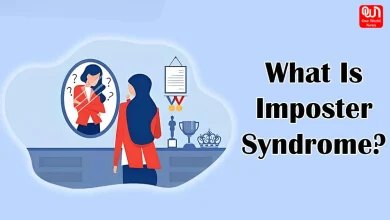The Global Concern: WHO’s Alert on the Spread of Bird Flu to Humans
The recent announcement by the World Health Organization (WHO) regarding the spreading cases of H5N1 bird flu infections to humans has sparked significant concern worldwide. As the virus continues to affect not only avian species but also mammals like cows and goats, health officials are grappling with the potential for a global zoonotic animal pandemic. This article delves into the WHO’s alert, the implications of the spread, and measures to mitigate the risks.
Read more: With These Easy Steps check the freshness of chicken at home!
Understanding the WHO Alert: WHO’s chief scientist, Jeremy Farrar, underscored the gravity of the situation during a press conference in Geneva, labeling the spread of H5N1 as “an enormous concern.” The term “zoonotic animal pandemic” highlights the alarming scope of the outbreak, emphasizing its potential to transcend species barriers and impact human health.

Implications of Avian Flu Transmission to Humans: The evolution of the H5N1 virus to infect mammals, including humans, raises significant public health concerns. While there is currently no evidence of human-to-human transmission, the virus’s ability to cross species boundaries poses a grave threat. Farrar noted the “extraordinarily high” mortality rate among infected individuals, further accentuating the severity of the situation.

Statistics and Epidemiology: In the past 15 months, WHO has recorded 889 human cases of H5N1 infection across 23 states, with a staggering 52% mortality rate. These statistics underscore the urgent need for concerted efforts to contain the spread of the virus and prevent further loss of life. Additionally, the detection of the highly pathogenic avian influenza in cattle in eight US states marks a significant escalation of the outbreak, highlighting its proximity to human populations.
The Kerala Outbreak: The recent outbreak of bird flu in Kerala, India, serves as a poignant example of the virus’s expanding reach. Confirmed cases of H5N1 avian influenza in ducks have been reported in multiple areas, prompting swift action from local health authorities. The confirmation of infection underscores the global nature of the bird flu crisis and the imperative for collaborative interventions.
Mitigating Risks and Ensuring Preparedness: In response to the escalating threat posed by H5N1, global health agencies and governments must prioritize proactive measures to mitigate risks and enhance preparedness. This includes robust surveillance systems to detect outbreaks early, comprehensive vaccination strategies for both animals and humans, and effective communication channels to disseminate accurate information to the public.
Collaborative Efforts and International Cooperation: Addressing the bird flu crisis requires a concerted, collaborative effort at both national and international levels. Sharing data, expertise, and resources is essential for containing the spread of the virus and minimizing its impact on global health security. Additionally, fostering partnerships between public health authorities, veterinary agencies, and research institutions can facilitate the development of innovative solutions to combat the pandemic threat.
We’re now on WhatsApp. Click to join.
Conclusion: The WHO’s alert on the spreading of bird flu cases to humans underscores the urgent need for coordinated action to address this global health crisis. With the virus exhibiting the capacity to infect multiple species, including humans, vigilance and preparedness are paramount. By prioritizing surveillance, vaccination, and international cooperation, the global community can mitigate the risks posed by H5N1 and safeguard public health for generations to come.
Like this post?
Register at One World News to never miss out on videos, celeb interviews, and best reads.









